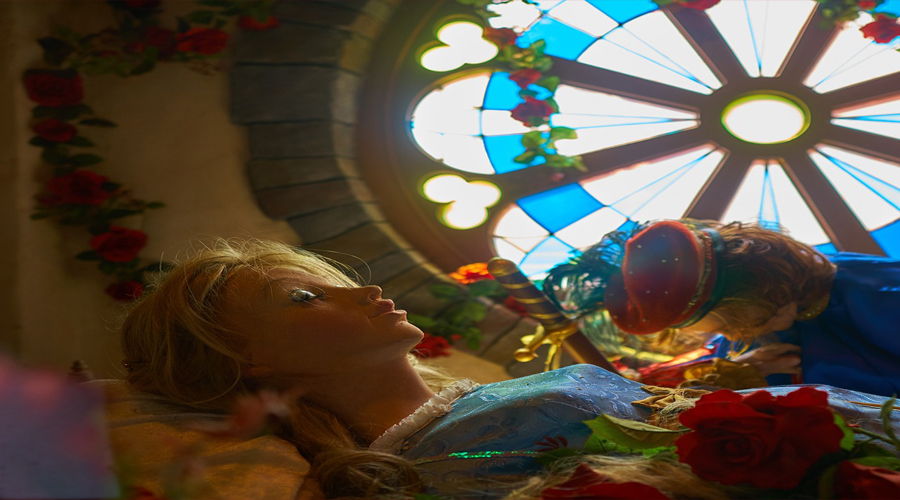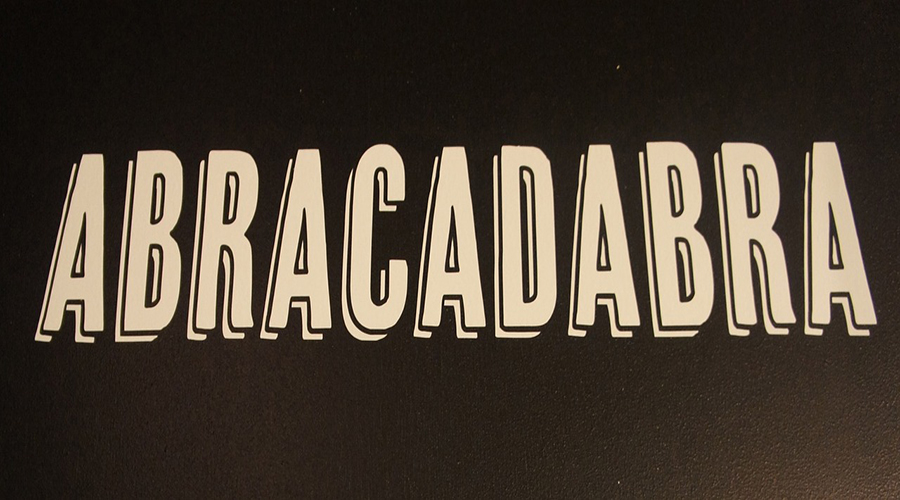In the story on which Sleeping Beauty is based, a married monarch discovers a girl asleep and is unable to wake her; as a result, he rapes her.
The Italian poet Giambattista Basil is the tale’s author, or, at the very least, he collected and produced it. It is titled The Sun, the Moon, and Talia. It was included in his “Pentamerone” collection of fairy tales, which was released in 1634 and contained the earliest versions of Cinderella and Rapine and a Puss in Boots story.
Today, we will see the post of Sleeping Beauty.
Let’s see together…
Table of content:
Origin
Early contributions to the story include a courtly romance from the Middle Ages called Perce Forest. To earn her trust, her father assigns him tasks, and while he is gone, Zellandine is lulled into an enchanted sleep. After rousing her from her sleep with a kiss, Troilus locates and saves her.
Troilus returns to marry her after she discovers that he is her father via the ring he gave her. The Provencal verse novel Fraise de Joy et Sor de Pleaser is another early literary forerunner. Genevieve of Brabant might have influenced the second portion of the Sleeping Beauty story, where the princess and her children are nearly executed but end up concealed.
Even older influences came from the Volsunga saga’s tale of the sleeping Brynhild and early Christian hagiography norms’ depictions of the sufferings of saintly female martyrs.
Plot
Daughter of King Stefan and Queen Leah in the fourteenth century was given the name Aurora. Everyone was invited to the baptism when baby Aurora was given in marriage to Young Prince Phillip, the son of King Hubert, the ruler of a neighboring nation and a friend of her father.
Stefan and Hubert hoped to reunite their divided kingdoms by having their children marry in the future. But Maleficent, a wicked fairy and self-described “mistress of all evil,” enters the scene before merry weather can present her gift to the princess.
Curses Aurora to die when she pricks her finger on a spinning wheel’s spindle before the sun sets on her sixteenth birthday, leaving everyone horrified about. She is enraged at not being invited to the christening. Maleficent vanishes after Stefan sends his men to capture her in a fit of rage.
Basile’s narrative
Talia is the name of the sleeping beauty in Giambattista Basile’s dark adaptation of Sun, Moon, and Talia. The mighty Lord, Talia’s father, discovers that she would be in danger from a splinter of flax by consulting wise men and astrologers to foretell her future after birth.
After falling deeply asleep, Talia is placed on a velvet throne, and her father shuts the doors to the house and leaves it for good to forget his sorrow over what he believes to be her demise. Wishes to serve the king’s children, but the cook hides the twins with his wife.
Then he prepares two lambs and presents them to the table, looking like twins. When the king compliments the food, the queen always responds, “Eat, eat; you are eating on your own.” Then he orders to burn his wife and all those who betrayed him. The cook indeed disobeyed the queen, so the king compensated him for saving his children as a way of saying thank you.
Grimm Brothers’ version
Little Briar Rose, a version of Sleeping Beauty (1812), was added to the collection by The Brothers Grimm. They don’t contain Part 2 like Basil and Perrault do; their version ends when the Prince shows up to awaken Sleeping Beauty.
Their selection merits consideration.in Teutonic mythology, neither the Volsunga saga nor the lyrical prose Edda claims that a kiss may awaken someone asleep, Jacob Grimm would have been aware of this information when he was compiling his encyclopedia of German mythology.
Narrative finishes with the heroine’s concern that she cannot stop her children from weeping and attracting her mother-in-law’s attention. She advises using animals instead of cooking.
Variations
In each adaptation, the princess’s name changes. She goes by the name Talia in Sun, Moon, and Talia. She was given the moniker “Briar Rose” by The Brothers Grimm in their 1812 collection. Was given the moniker Princess Aurora in both the Disney and Tchaikovsky ballet versions.
Because she was nurtured covertly by good fairies as a kid, she is also known as “Briar Rose” in the Disney adaptation. Basil also has another instance of this Arne-Thompson type in addition to Sun, Moon, and Talia.
Italian folklore contains a variation of it, according to Italo Calvino. According to his interpretation, the princess’s mother’s wishes put her to sleep. In this story, the king’s mother’s hostility towards her new bride is repeated. A Russian Romantic poet, Vasily Zhukov Sky released a poem in 1832 about a cursed princess dozing off.
Interpretations
To Maria Tatar, contemporary feminists have criticized the Sleeping Beauty myth because they believe the lead character lacks agency and finds her passivity insulting; some feminists have even advocated that the tale needs to be avoided entirely.
Disney has come under fire for portraying Cinderella and the princess from Sleeping Beauty as “naive and malleable” individuals. Time Out criticized the princess as a “delicate” and “vapid” figure.
According to Bustle, Aurora essentially sleeps for about three-quarters of the film, which also named the princess the least feminist Disney Princess. Simply put, Aurora has no agency and needs to make more progress for women.
Balder and Sigurd are killed by thorns, while the earth goddess Sleeping Beauty is doomed to a long winter’s nap. Everything in her celestial palace is frozen in chilly slumber.
Summary
Sleeping beauty in this tale was a woman named Princess Aurora. Her parents prepared a fantastic party and were overjoyed to have a daughter: one enraged witch, Maleficent, curses Princess Aurora to die on her sixteenth birthday during that gathering.
Aurora doesn’t fall asleep until Prince Phillip kisses her, at which point her guardian fairies can awaken her. Maleficent captures Phillip as a captive and locks him up to prevent him from rescuing Aurora. The good fairies are Phillip’s remaining hope of liberation and reawakening Aurora.



